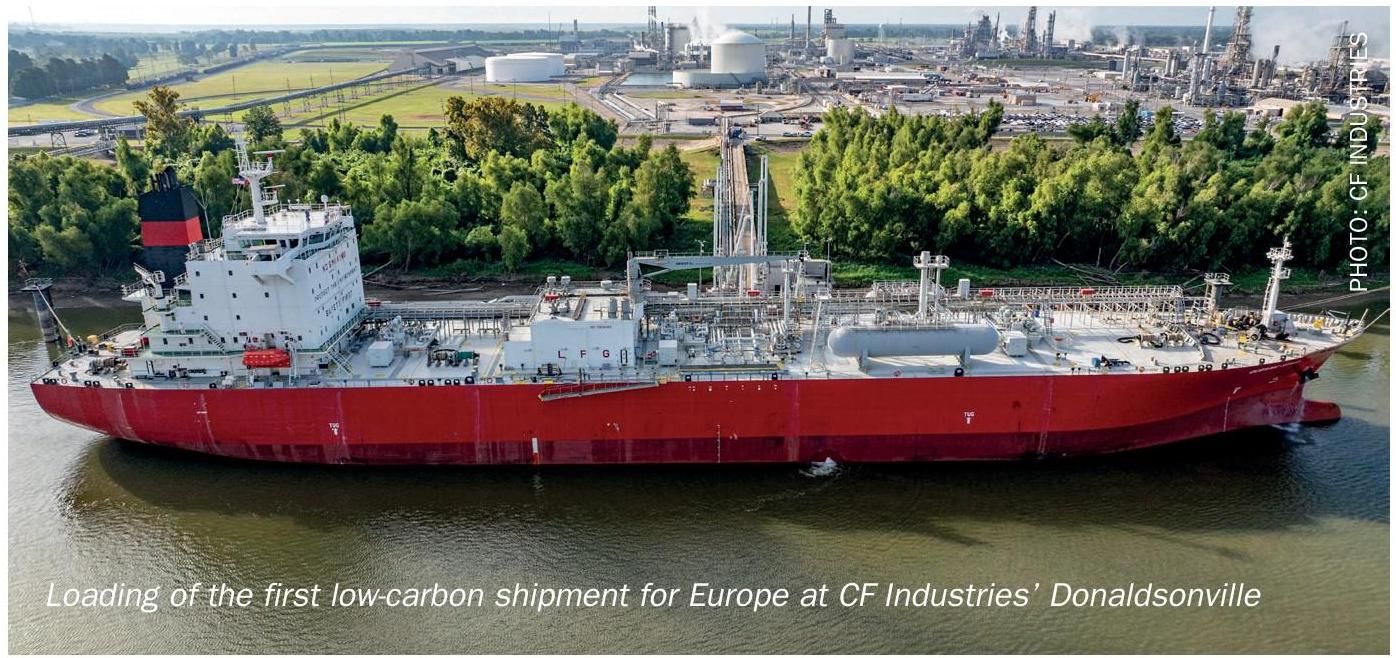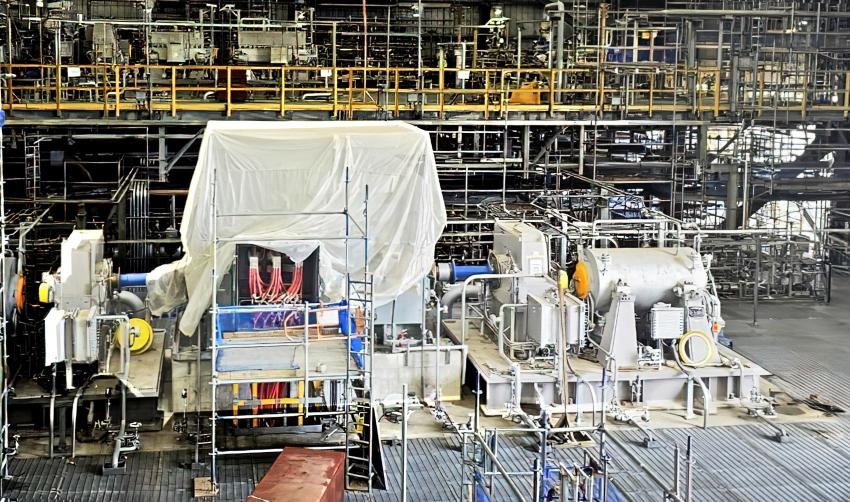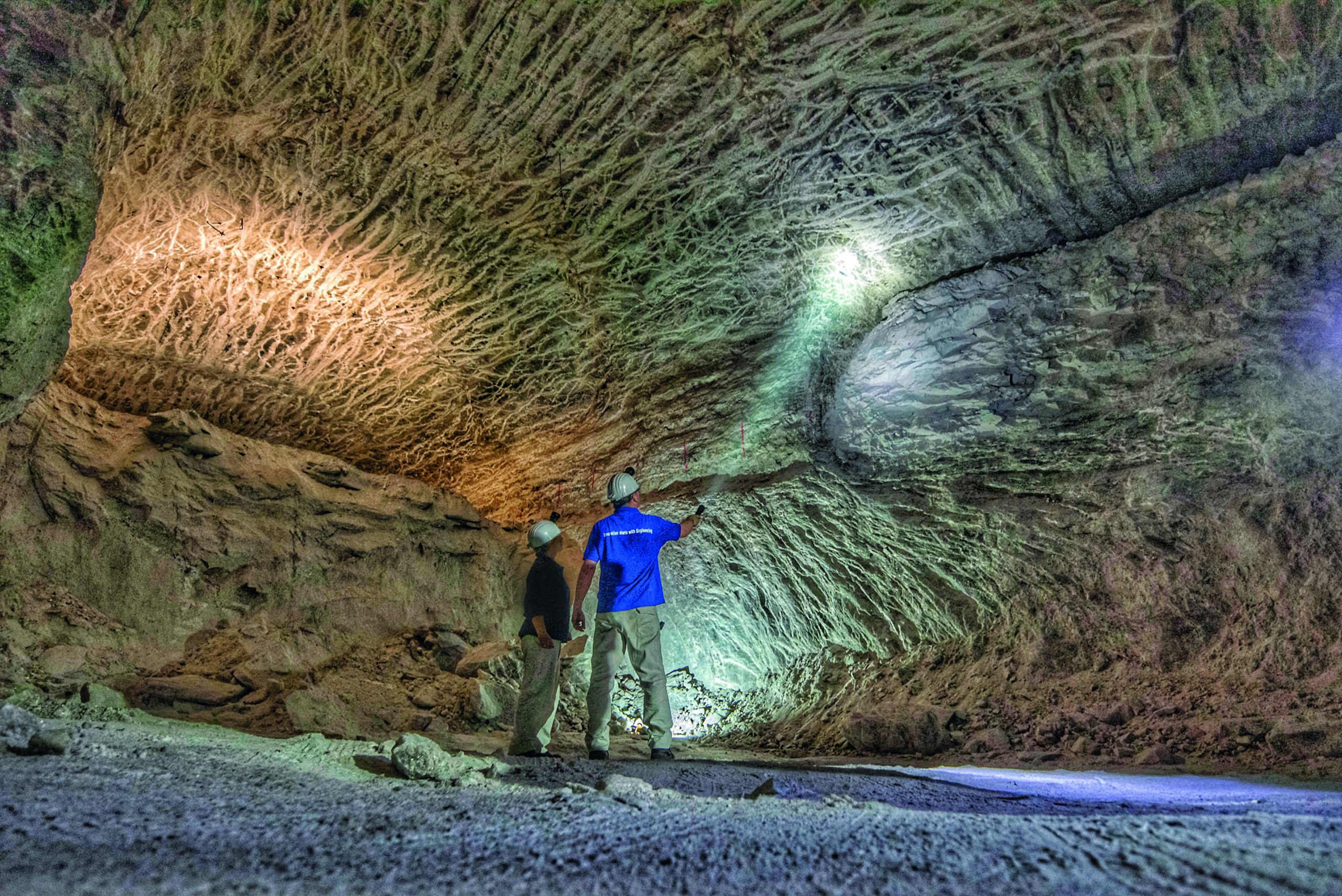Fertilizer International 528 Sep-Oct 2025

15 September 2025
Ammonia-urea project gets funding approval
Russia’s Ammoni JSC can move to the construction phase for the Ammonia-2 plant at its Mendeleevsk complex in the Republic of Tatarstan, having now received funding approval from the regional government.
The new RUB160 billion ($1.7 billion) plant will have capacity to produce up to 1.2 million tonnes of ammonia and 1.75 million tonnes of urea. It could be operative by 2028, according to news agency reports.
Ammonia-2 will be constructed next to the company’s existing Ammonia-1 plant at Mendeleevsk. The new plant will be largely export-oriented, with around 80% of the urea produced earmarked for the global market, according to project head Alexander Osipov, despite its location in the Russia interior.
‘Friendly’ export markets such as Latin America and India will be specifically targeted, Osipov said.
In November 2023, Ammoni agreed a contract with Gazprom Mezhregiongaz to secure a gas supply of around 1.3 billion cubic metres/year for the Mendeleevsk complex for the next 30 years.






